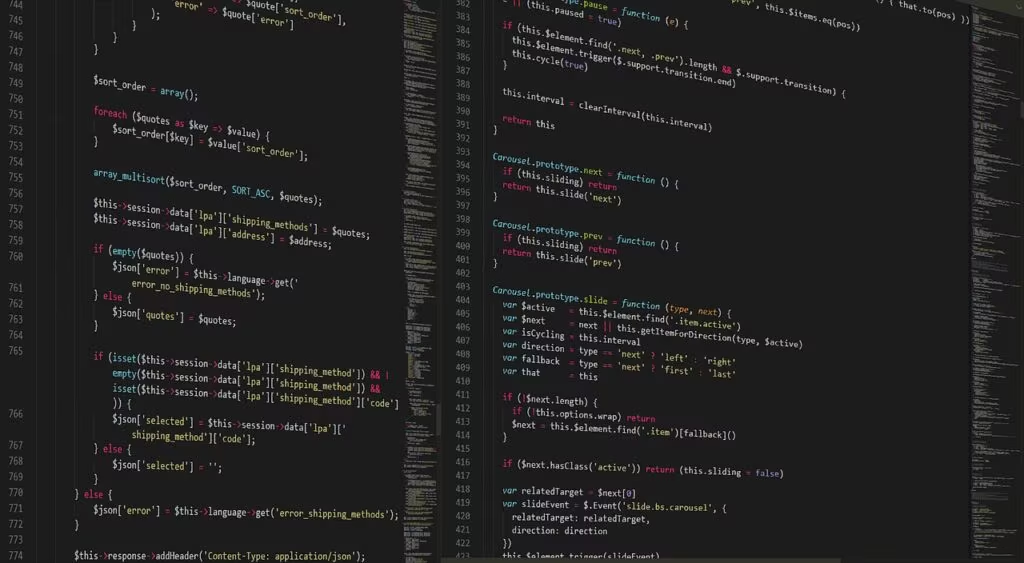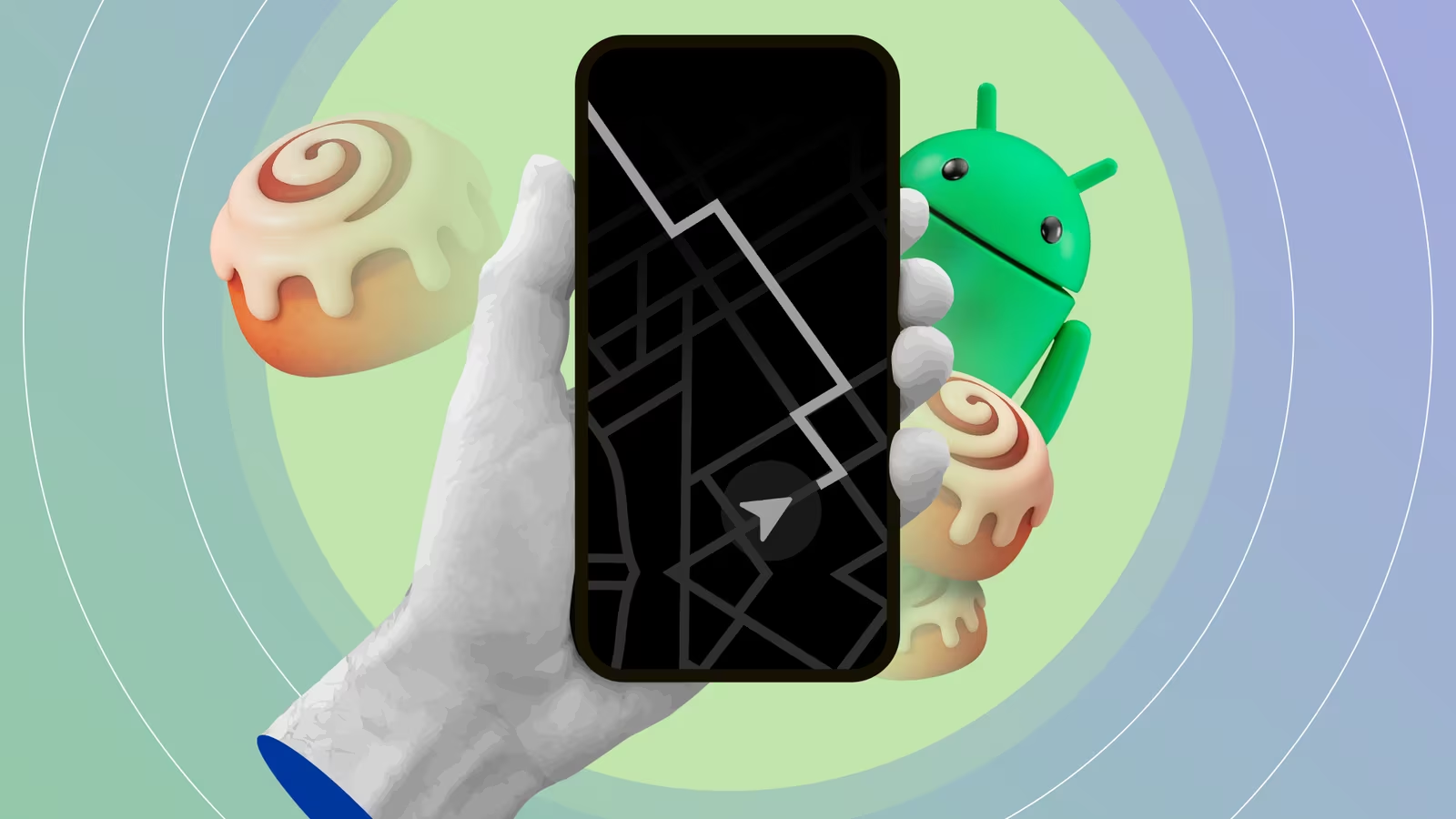The Feature Generating the Buzz: System-Level Efficiency in Android 17
As the tech world looks ahead to the next major iteration of Google’s mobile operating system, Android 17, one specific architectural change is generating significant excitement among developers and power users alike. While new visual designs and minor functional tweaks are standard for annual updates, the feature being heralded as potentially the “best of the year” is a fundamental overhaul of background process management.
This system-level improvement aims to finally solve one of the most persistent and frustrating issues plaguing Android users: excessive battery drain and performance degradation caused by apps running unnecessarily in the background.

Addressing the Root Cause: The Problem with Background Processes
For years, Google has attempted to rein in rogue applications. Features like Doze mode and App Standby have provided incremental improvements, but many applications, particularly those requiring constant synchronization or complex notifications, have found ways to bypass these restrictions. This results in a constant, low-level drain on the device’s CPU and memory, even when the phone is idle.
The core issue stems from the flexibility of the Android framework, which allows apps to schedule various tasks, services, and broadcasts. While this flexibility is a strength, it often leads to inefficiency, especially when poorly coded or overly aggressive applications monopolize resources.
Why Existing Solutions Fell Short
Previous attempts at optimization often relied on heuristics—rules that guess when an app is inactive. However, the new approach in Android 17 is rumored to be a far more stringent, permission-based system, moving closer to the model seen in rival operating systems that strictly limit what an app can do when it is not actively visible on the screen.
Key areas targeted by this new management system include:
- Forced Hibernation: Aggressively pausing the execution of non-essential apps after a short period of inactivity, requiring explicit user interaction or a high-priority system signal to wake them.
- Restricted Network Access: Limiting background data syncs to specific, scheduled windows, reducing the constant pinging that depletes both battery and data allowances.
- Prioritized Task Queues: Ensuring that critical system tasks and user-facing activities (like navigation or music playback) are never throttled by low-priority background services.
How Android 17’s New Architecture Works
Experts suggest that Android 17 introduces a new API layer that requires developers to explicitly declare why an app needs to run in the background, rather than simply requesting permission to do so. This shift moves the burden of proof onto the application, allowing the operating system to make smarter, more informed decisions.
This change is not merely a tweak to existing battery settings; it is a fundamental re-engineering of the Activity Lifecycle and JobScheduler components.
“This is about moving from a reactive defense against battery drain to a proactive, architectural standard. If implemented correctly, Android 17 could offer the most significant battery life improvements we’ve seen in a single OS update since the introduction of Doze mode years ago.”
The Developer Challenge
While this is excellent news for users, it presents a significant challenge for developers. Apps that rely heavily on continuous background polling (such as certain fitness trackers, messaging apps, or automation tools) will need to be completely restructured to comply with the new, stricter system policies. Google will likely provide extensive documentation and new APIs to help developers adapt, ensuring that essential functions—like receiving a critical VoIP call—remain instantaneous, while non-essential data processing is deferred.

Practical Impact for Users: Battery and Performance Gains
The immediate and most noticeable benefit for the average user will be a dramatic improvement in idle battery life. Devices that currently lose 10-15% charge overnight due to background activity could see that drop reduced to minimal levels.
Furthermore, by freeing up CPU cycles and RAM that were previously consumed by dormant applications, the overall responsiveness of the device—the feeling of speed when switching between apps or launching the camera—will be significantly enhanced. This is particularly crucial for mid-range and budget devices where resource management is paramount.
Key User Benefits of Enhanced Background Management
- Extended Battery Life: Significant reduction in power consumption during idle periods and general use.
- Improved Performance: Smoother multitasking and faster app launch times due to reduced memory pressure.
- Less Heat Generation: Lower CPU utilization means less thermal output, keeping the device cooler.
- Greater Transparency: Users will likely gain more granular control and visibility into exactly which apps are consuming resources and why, empowering them to make better decisions about app permissions.
Looking Ahead: The Android 17 Timeline and Expectations
Given the typical Android release cycle, the first Developer Preview (DP) of Android 17 is expected to arrive in early 2025, likely in February or March. This initial preview will give developers their first look at the new background management APIs and the compliance requirements.
The stable public release is traditionally scheduled for the third or fourth quarter of 2025, coinciding with the launch of new flagship devices, such as the rumored Pixel 10 series.
This feature, while less flashy than a new visual design or generative AI integration, represents a critical step toward making Android a more reliable, efficient, and competitive operating system. Its success hinges entirely on Google’s commitment to enforcing the new rules and providing adequate tools for developers to transition smoothly.
Key Takeaways
The most exciting feature anticipated in Android 17 is a deep, architectural change to how the OS handles background processes. Here are the essential points:
- Core Feature: Enhanced, stricter system-level management of background app activity and resource consumption.
- User Impact: Expect significantly longer battery life, especially idle drain, and noticeably smoother device performance.
- Technical Shift: Moves away from simple heuristics to a more explicit, permission-based API that requires developers to justify background execution.
- Timeline: Developer Previews are expected to begin in early 2025, leading to a stable release in late 2025.
- Significance: This is viewed by many experts as the most important quality-of-life feature in the upcoming OS, addressing a decades-old pain point in the Android ecosystem.
Conclusion
While the annual Android update cycle often focuses on iterative improvements, the potential overhaul of background management in Android 17 signals a commitment to foundational stability and efficiency. For the millions of users who prioritize battery longevity and consistent performance, this architectural refinement is not just a feature—it is a necessary evolution that could genuinely define the Android experience in 2025 and beyond. If Google successfully implements and enforces these new restrictions, Android 17 will deliver a tangible, positive impact on daily smartphone usage that far outweighs any cosmetic updates.
Original author: Jon Gilbert
Originally published: November 9, 2025
Editorial note: Our team reviewed and enhanced this coverage with AI-assisted tools and human editing to add helpful context while preserving verified facts and quotations from the original source.
We encourage you to consult the publisher above for the complete report and to reach out if you spot inaccuracies or compliance concerns.

